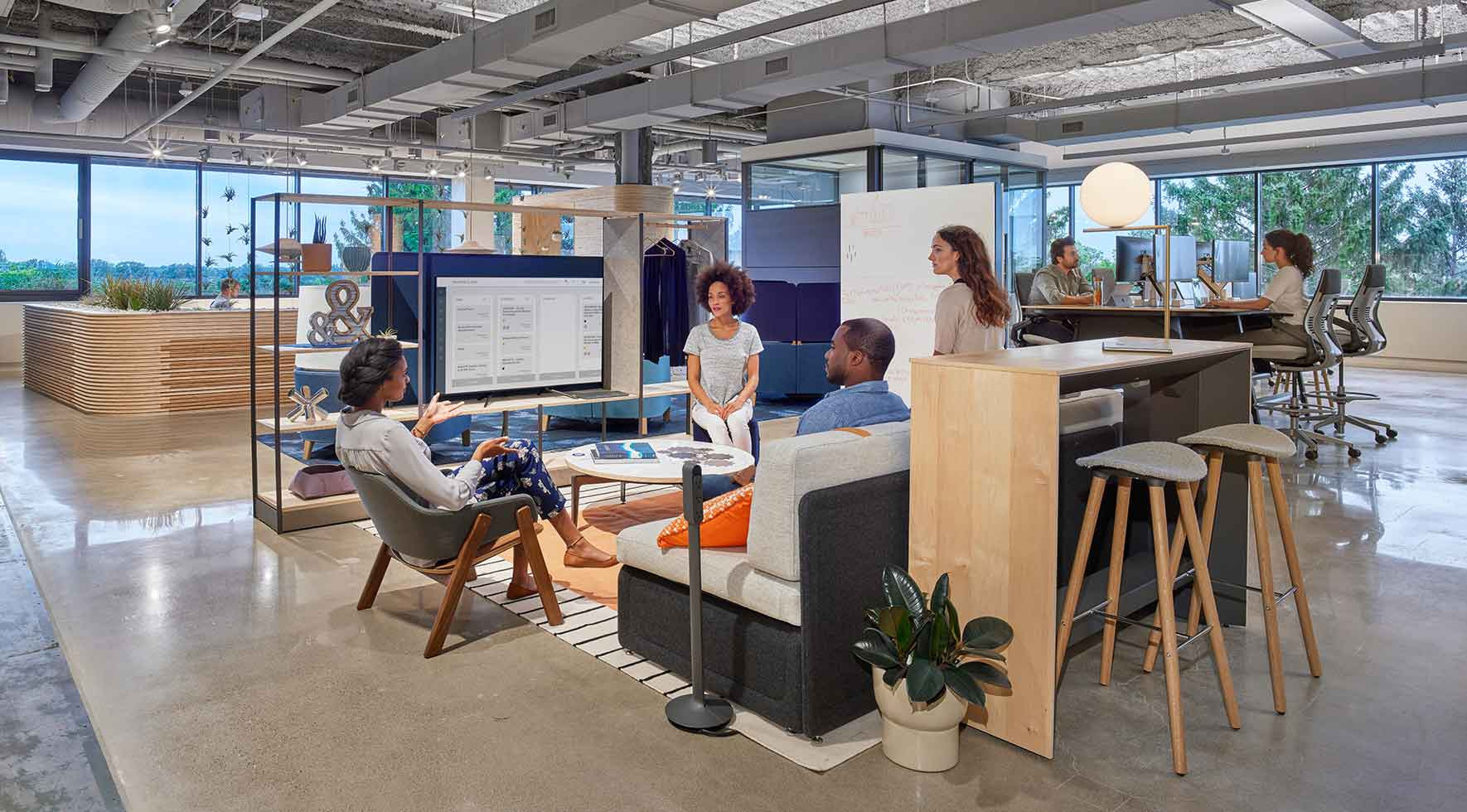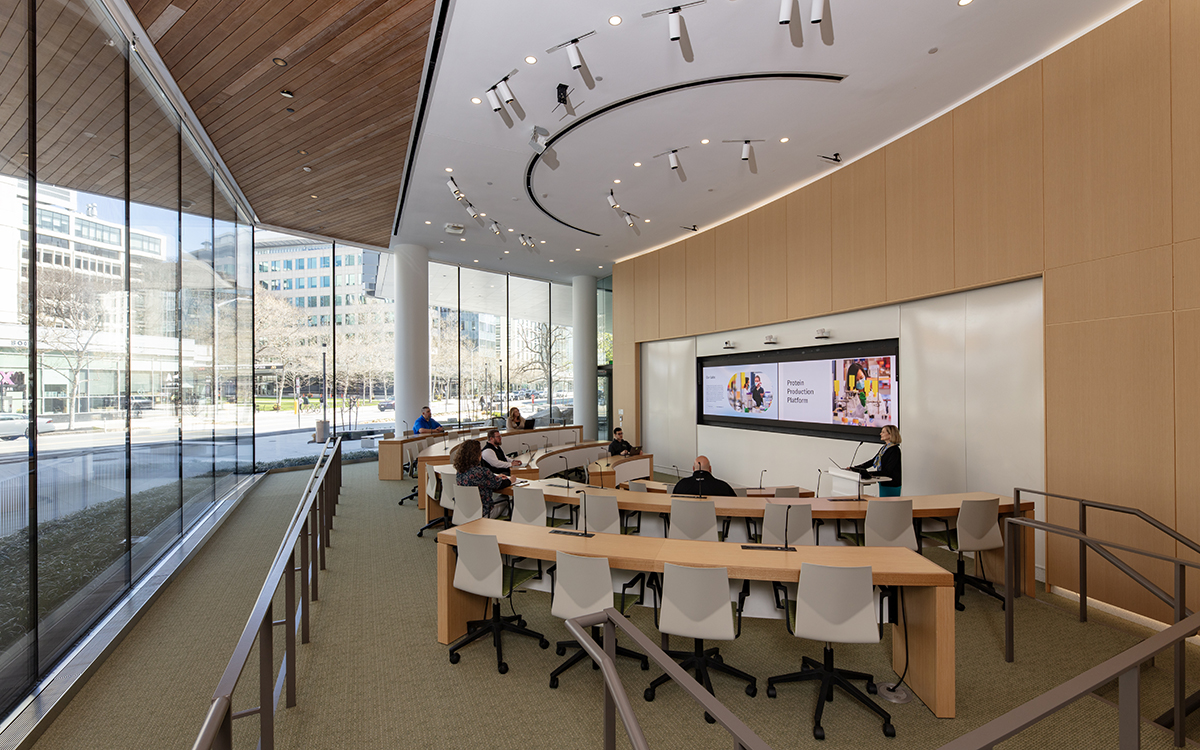As simpler tasks have become automated, the work left for humans has become more creative and complex. We are required to be agile problem-solvers, we work in teams more often, we are more mobile and able to work 24/7. Technology continues to rapidly evolve, challenging us to adapt our workflows and learn new systems. We work in more open plan offices, which can mean more distractions. All of this can mean more stress, anxiety and tension in the workplace.
Did you know that our senses receive 11 million bits of information every second, but the conscious brain can effectively process only 40 bits of information? (The Happiness Advantage, Shawn Achor) According to the Centers for Disease Control and Prevention, 60% of lost workdays are caused by stress. In addition, stressed workers have 50% higher healthcare expenses (Journal of Occupational and Environmental Medicine). After a slowdown during the holidays, January presents itself as a ramp-up for new initiatives and an influx of requests. So how do you stay grounded and calm? Here are a few suggestions from my own personal experience.
Get up and move around – refill your water bottle, grab a coffee, say hello to a coworker. Moving is something we don’t do enough of during the work day, which is contributing to weight gain, anxiety, and discomfort. Most adults spend 50-70% of their time sitting (Diabetologia). It’s especially important to give yourself breaks after accomplishing big tasks where you have been focused for a long period of time. Mentally and physically it helps to get up and focus on something else, and more fun!
Take a walk – stroll around the block, run a quick errand, see some different scenery, interact with some different people. Getting out of the office can feel like pressing a “reset” button on your day. Do you have a dog in your office? Bring him/her and get twice the benefit!
Breathe or meditate for a few minutes – we tend to breathe very shallowly from our chest instead of taking deep breaths using our diaphragm. “Belly breathing” is a great practice to implement throughout your day to promote relaxation and refocus.
Exercise before or after work. When I incorporate a few 30 minute workouts throughout the week, I notice a real difference in how I feel mentally. That physical exertion helps circulate blood throughout the body, eliminate the aches and pains of sitting too long, and helps me feel more resilient in times of stress.
Try working in a different space – Feeling down? Move closer to a window and take in some sunlight. Need to focus? Find an enclave and shut the door. Feeling stuck? Move closer to the buzz of the office. Hearing coworkers chatting or working through a problem can simulate the feel of your favorite café. Sometimes something so simple as a change in sights and sounds can have a profound effect on our mood.
Try working in different postures – sit, lounge, or stand. There has been a lot of media buzz vilifying sitting as the “new smoking” and encouraging standing desks as the latest health craze. Static sitting or standing all day is harmful, bottom line. You need to move throughout your day to refresh your mind and energize your body.
According to Steelcase, “movement during the day shouldn’t only happen when we change, say, from sit to stand. It is also critically important to move while sitting or standing. Active sitting can mean moving into a range of healthy seated postures—reclining for example. Active standing can mean slightly shifting your weight or propping a foot on a foot support. The key is to avoid holding a static posture for a long period of time. You really need to move and mix it up!”
An active stool like Buoy engages your core and keeps you shifting your weight. These are perfect for collaboration areas where people are meeting for short periods of time and are actively engaged. If you have a height adjustable desk, try standing for 5 or 10 minutes per hour at first, and then build up to longer sessions. Using a dense cushioned mat will help you stand comfortable and encourage you to shift your weight. In terms of productivity, standing is often better when you are in a more active mindset, scanning through emails, participating in a meeting, or making a phone call. Sitting is generally better for more focused concentrated work for longer periods.
Have a lounge space in your office? Put up your feet and work there for an hour. If I am listening to a webinar, or participating in a meeting where I am mostly listening, I take that opportunity to relax in a Brody WorkLounge. It gets me away from my desk and out of the enclaves I typically work in when leading or actively participating in meetings.
Organize and prioritize – simplify the chaos by reorganizing and prioritizing your task list. Color code if that helps. Ask yourself which items are most important and which can wait. If you need help, check in with your manager or mentor. Reframing your to-do list can reduce anxiety and help you refocus on what matters most.
Connect with coworkers – check in on your teammates and ask how their day is going. This is especially beneficial for those who work remotely or with distributed teammates. Regular check-ins foster social connections and make us all feel closer to one another. It can be a bright spot in another’s day to chat for a few minutes about their weekend or the project they are currently working on.
Listen to music – Whenever I am working on a large project, I tend to find that music helps me find a working groove and stay in it.
Let us know which of these suggestions work for you!






